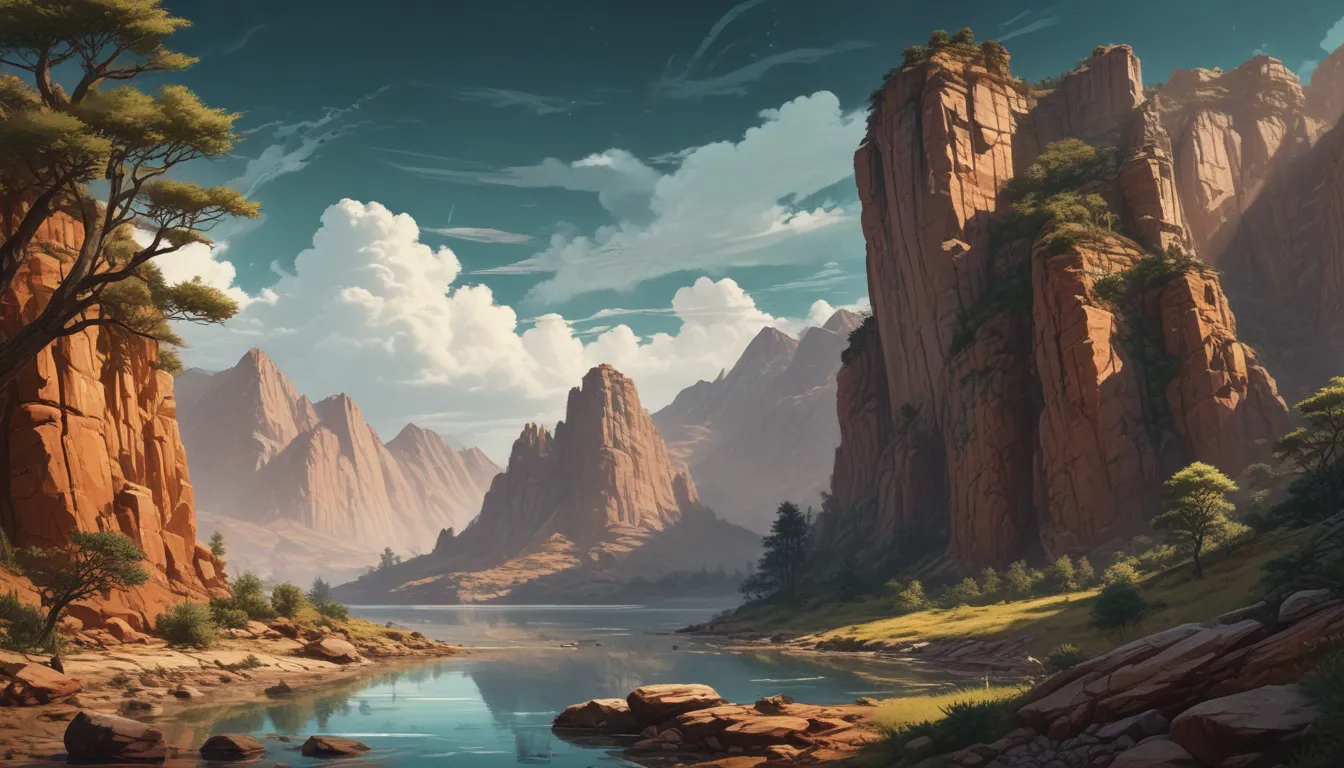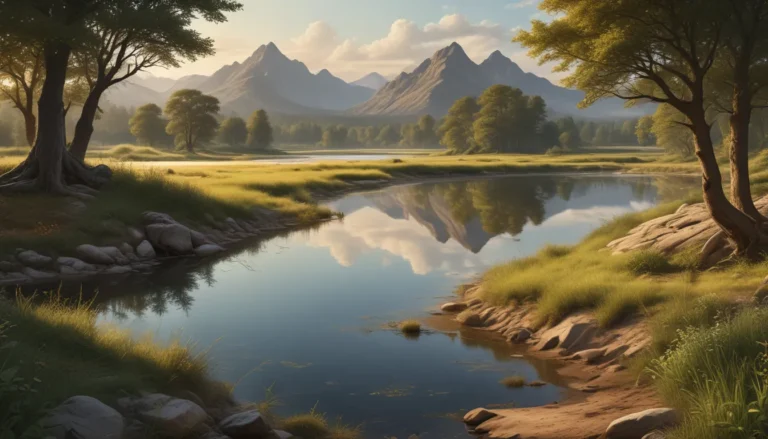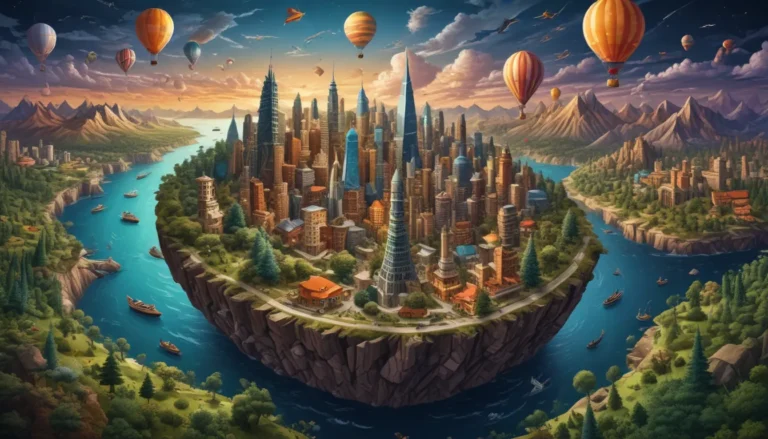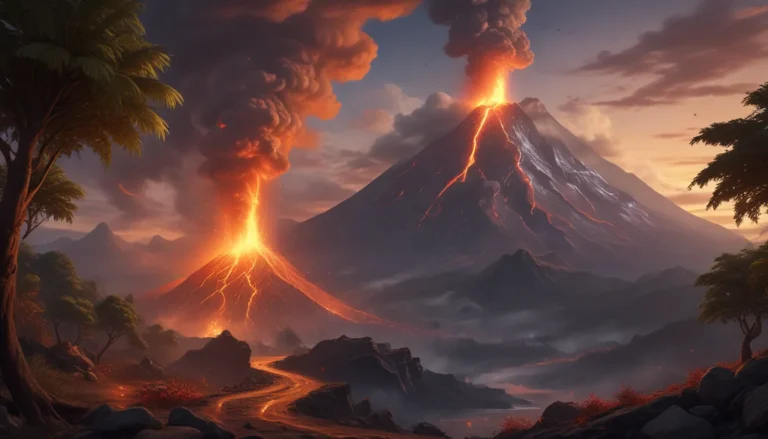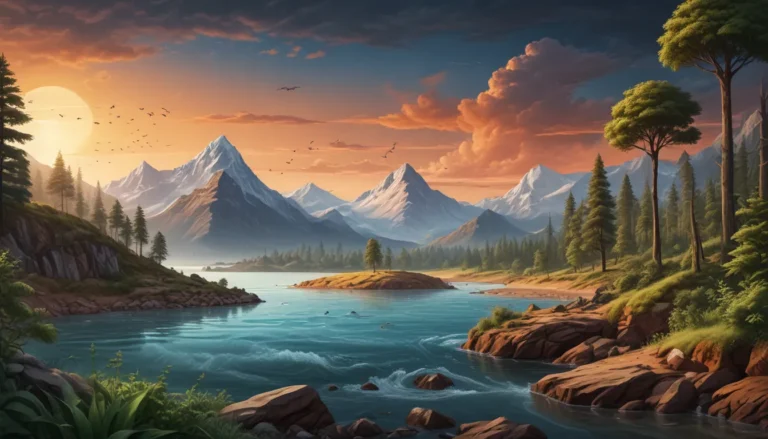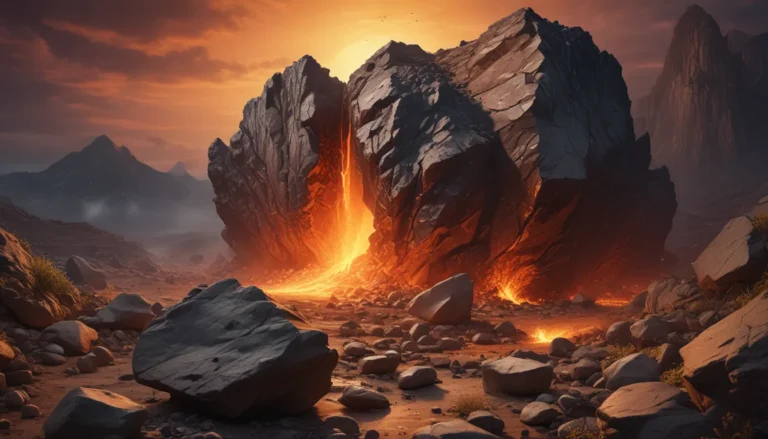A Note About Images: The images used in our articles are for illustration purposes only and may not exactly match the content. They are meant to engage readers, but the text should be relied upon for accurate information.
Weathering is a natural process that shapes the landscapes we see today, from majestic mountains to intricate rock formations. In this article, we will delve into the world of weathering and explore ten mind-blowing facts that showcase nature’s power. Whether you are a science enthusiast or simply curious about the forces that shape our planet, get ready to be amazed by the incredible world of weathering!
Key Takeaways:
- Weathering is a natural process that shapes our planet’s landscapes, creates natural wonders, and influences soil formation.
- Ancient monuments, rocks, and even paintings are all affected by weathering, highlighting its ongoing impact on our world.
Weathering is a Natural Process
Weathering is a process that occurs over time due to various environmental factors. It can happen through physical, chemical, and biological means. This natural phenomenon is constantly at work, shaping the Earth’s surface in remarkable ways.
Weathering Shapes Our Landscapes
One of the significant roles of weathering is in shaping the Earth’s landscapes. From the formation of grand canyons to beautiful rock formations, weathering has a profound impact on the land we see today. It is a continual process that transforms the world around us.
Ancient Monuments Bear the Marks of Weathering
Iconic ancient monuments such as the Sphinx and the Great Wall of China show signs of weathering. Over centuries, exposure to the elements has caused erosion and physical changes to these historical structures. This is a testament to the enduring effects of weathering on our world’s landmarks.
Weathering Creates Spectacular Natural Wonders
Weathering can give rise to breathtaking natural wonders, such as arches, caves, and stacks. These formations are a result of erosion caused by wind, water, and ice over millions of years. The beauty of these natural wonders is a reminder of the intricate processes at play in our environment.
Weathering Can Affect Rocks and Minerals
Weathering can alter the physical and chemical properties of rocks and minerals. For example, granite can break down into smaller particles due to mechanical weathering, while limestone can dissolve through chemical weathering. This transformative process showcases the adaptability of geological materials over time.
Weathering Affects the Durability of Structures
Buildings and infrastructures can be affected by weathering. Over time, exposure to the elements can weaken materials, leading to cracks, discoloration, and deterioration. Proper maintenance is crucial to prolong their lifespan and withstand the effects of weathering.
Weathering Plays a Role in Soil Formation
Weathering is an essential component of soil formation. As rocks break down, they contribute to the development of fertile soil, allowing plants to grow and ecosystems to thrive. The intricate relationship between weathering and soil formation sustains life on Earth.
Weathering Can Impact the Paintings on Ancient Artifacts
Ancient artifacts, including cave paintings and sculptures, are susceptible to weathering. Environmental factors like temperature, humidity, and exposure to sunlight can cause fading and deterioration of these precious artworks. This highlights the fragility of human-made creations in the face of natural processes.
Weathering Can Create Unique Geological Phenomena
From the towering hoodoos in Bryce Canyon to the stunning stalactites in limestone caves, weathering contributes to the creation of unique geological phenomena that inspire awe. These remarkable formations are a testament to the power of nature’s artistic hand in sculpting our planet.
Weathering Continues to Shape Our Planet
Weathering is an ongoing process that continues to shape our planet. Through natural forces such as wind, water, and temperature fluctuations, weathering contributes to the constant evolution of our Earth’s surface. It is a dynamic process that leaves a lasting impact on the world around us.
In conclusion, weathering is a fascinating natural process that shapes the Earth’s surface over millions of years. By understanding the various types of weathering and the factors that influence them, we gain deeper insights into the ever-changing world around us. Moreover, weathering not only plays a crucial role in sculpting the Earth but also impacts our daily lives in profound ways.
By recognizing the significance of weathering, we can appreciate the intricate balance between geological processes and the environment. So, the next time you marvel at a majestic rock formation or witness the effects of weathering on a building, remember the incredible forces at work shaping our world.
FAQs
Q: What is weathering?
A: Weathering is the natural process of breaking down rocks, minerals, and other materials on the Earth’s surface through physical, chemical, and biological means.
Q: What are the different types of weathering?
A: There are three main types of weathering: mechanical weathering, chemical weathering, and biological weathering.
Q: What factors influence weathering?
A: Factors such as temperature, rainfall, the type of rock or mineral, and vegetation cover can all influence the rate and intensity of weathering.
Q: How long does weathering take?
A: The process of weathering is gradual and can take hundreds or even thousands of years, depending on various factors.
Q: Does weathering only occur on land?
A: No, weathering also occurs in bodies of water, as waves and currents can erode rocks and sediments along coastlines and riverbanks.
Q: How does weathering affect landscapes?
A: Weathering can shape landscapes by creating features such as canyons, caves, arches, and waterfalls as rocks and minerals erode over time.
Q: Are there any beneficial effects of weathering?
A: Yes, weathering contributes to the formation of fertile soil, making it essential for agriculture and plant growth.
Q: Can human activities accelerate weathering?
A: Yes, human activities such as mining, deforestation, and pollution can intensify weathering processes and lead to accelerated erosion.
Q: Is weathering related to climate change?
A: Weathering can impact climate change by influencing the carbon cycle and the absorption or release of greenhouse gases from rocks and minerals.
Q: Can weathering cause damage to man-made structures?
A: Yes, certain types of weathering, such as freeze-thaw cycles and chemical reactions, can cause deterioration and damage to buildings and infrastructure.
Weathering is a captivating process that showcases nature’s power and creativity. As we continue to explore the wonders of our planet, let us marvel at the incredible transformations brought about by weathering. Embrace the beauty and complexity of the world around us, shaped by the timeless forces of nature.
